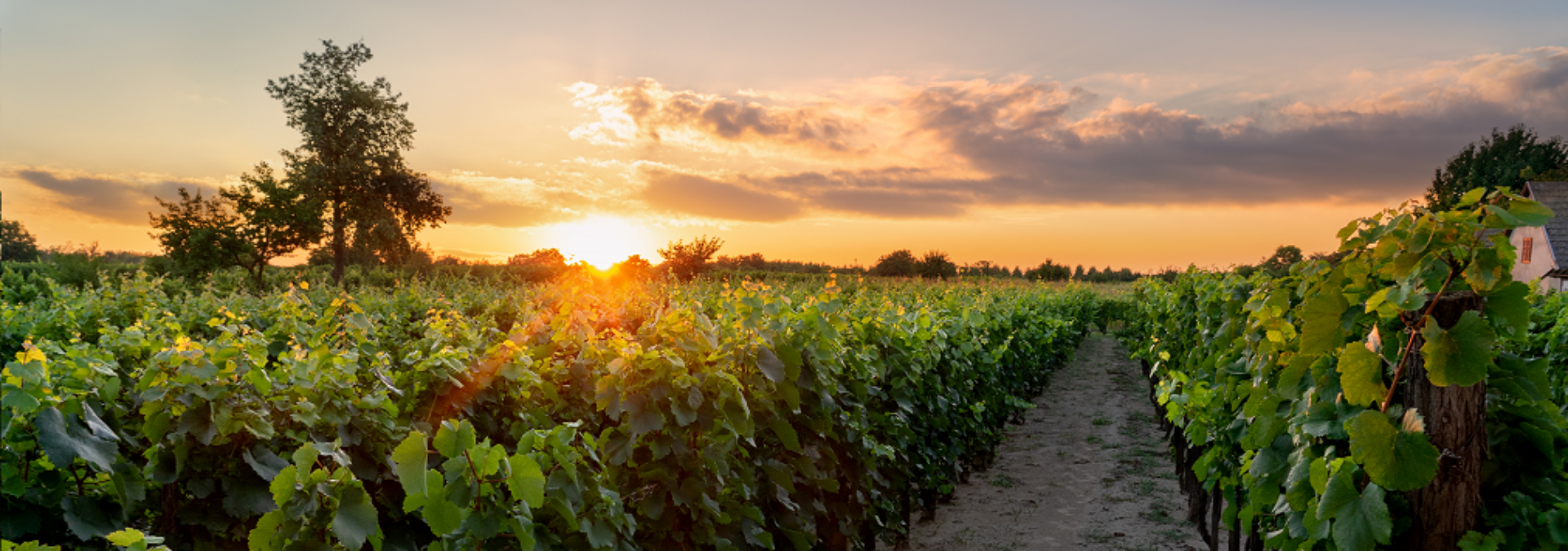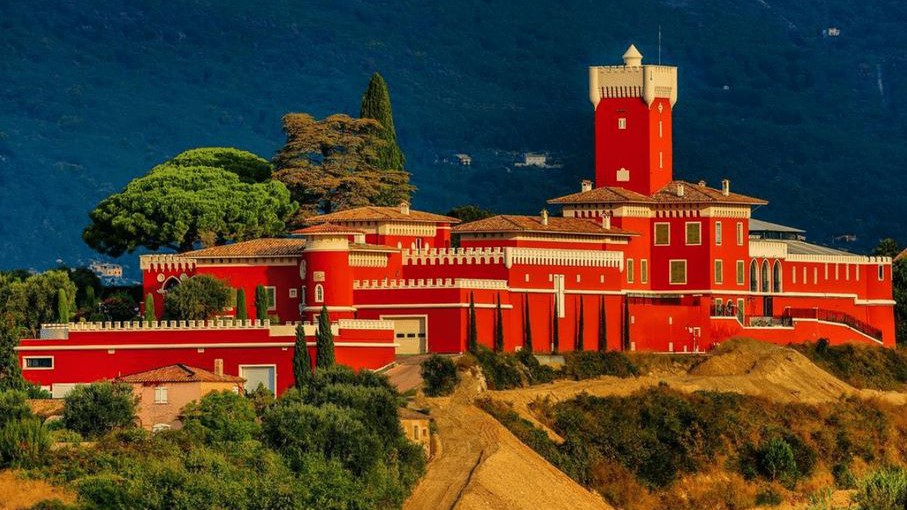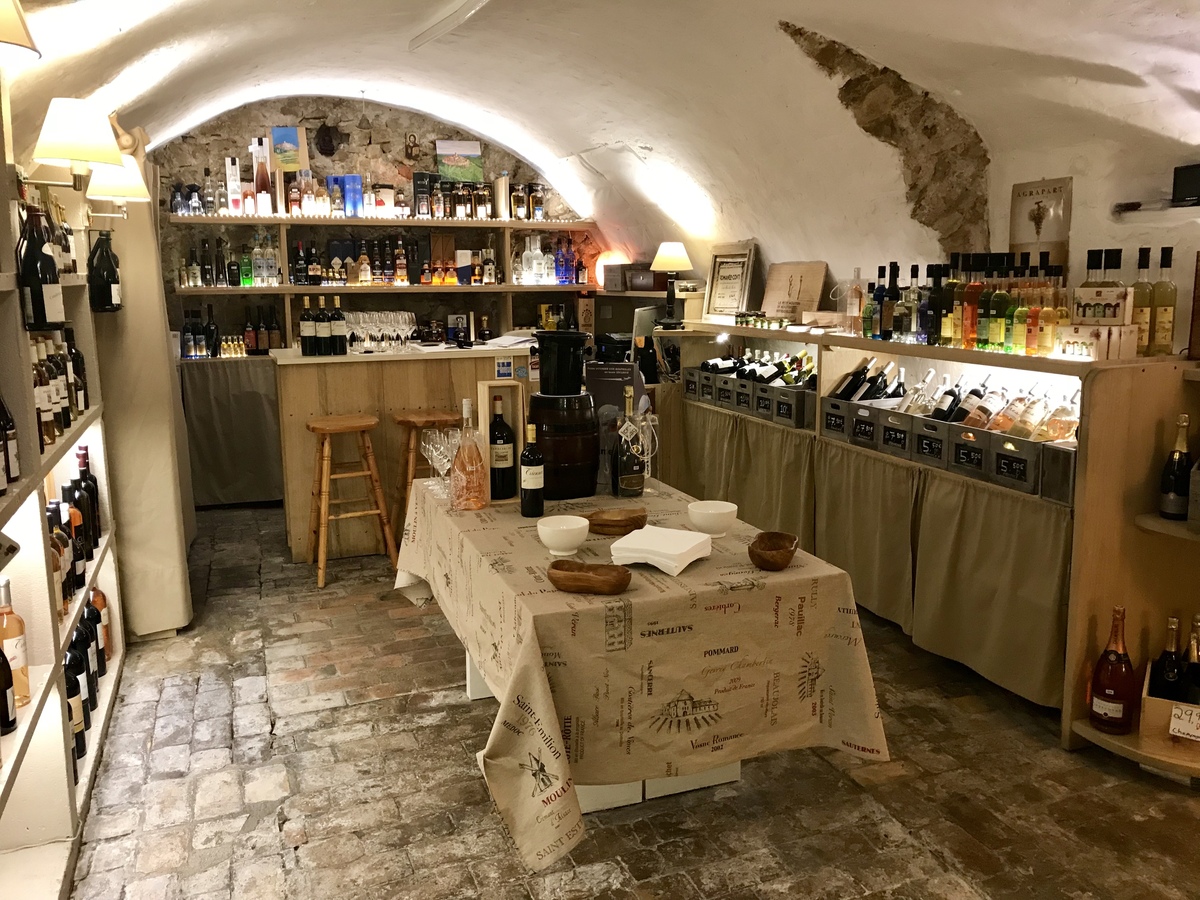Nestled in the middle of the French Riviera , between Monaco and Cannes, is one of the most beautiful places in France, the ancient city of Nice. The city is famed for its history (it was originally a Greek colony), its fantastic restaurants (my personal favourites are “Les Agitateurs” and “Le Chantecler”), and its stunning coastal views (always ask for an oceanside hotel room). The whole of the French Riviera is stunning, of course, and well deserving of its fame, and most of the cities are worth a visit, but Nice is always my choice as a base of operations from which to see the rest of the Côte d'Azur. I have two major reasons for this, the most obvious being that Nice is the perfect distance from everything that the region has to offer: the opulent luxury of Monaco to the East and Cannes to the West are a short day tour away. The magical little town of San Remo, Italy , blessed with stunning medieval architecture (in La Pigna), and the most beautiful flower market in Europe, is a mere hour's drive away. My longest day trip from Nice was to my favorite winery on the whole coast: the venerable Clos Cibonne, home to the greatest rosé on the planet, and even that was only two hours each way.
The second reason to stay in Nice is the abundant vineyards and wineries to visit in the nearby region. Besides all of the incredible history, architecture, and food, another of the most important things about Nice, from both a tourist and an agricultural perspective, is that the region gets more than 300 days of sun every year! This means that the weather is consistently warm and dry, and it also means that it is an excellent region to grow grapes. Nice is surrounded by many fantastic wineries of various sizes, and it's a fantastic base for embarking on wine tours or vineyard tours, either alone, as a couple, or in small groups. Besides the famed Provençal Rosé that you can drink in every café and bar in the region, there are many interesting white and red wines, mostly from Mediterranean grape varieties well suited to the hot and dry climate, and there is no better way to explore them that touring the vineyards and wineries that make them.

To talk about wineries in Nice, you first must discuss “Château de Bellet”. By far the most popular destination in the immediate area, it absolutely deserves its fame. Despite being old enough to give its name to its AOC appellation, this winery has very modern guided tours, excellent wines, and a beautiful tasting room in a Chapel from the 1800’s. It is a fantastic place to begin learning about the region. If you have time to visit only one winery, this should probably be it.
My personal favourite wineries of the region are a little more off the beaten path. There is a famous driving route in the region called the “Route des Villages Perchés”. It takes you through a series of quaint and picturesque high-altitude villages of the region that all feel like they are “perched” on stony outcroppings. The classic route around Nice begins in Eze and goes to La Gaude and then to Saint-Jeannet and onward. I recommend a long stop in Saint-Jeannet, a little village of Roman origin, with two of the best wineries, and some of the most beautiful vineyards in Nice. “La Domaine des Hautes Collines” and “Vignoble Rasse” are both small, family run wineries specializing in the grapes of the region, and both excel at making small-scale innovative wines that are both reflective of their special place in France, and delicious by any standard. Both families are incredibly welcoming, whether you are a small group, or, in my case, just a lone sommelier asking questions about their wines in bad French. I highly recommend visiting them on your own, or asking for their inclusion on any wine tour from Nice.

Two more wineries worth a visit in the region are “Cremat Castle” and “Le Clos St. Vincent”. These are pretty much opposite experiences, but I recommend them both. “Cremat Castle” will be enjoyable for you if the idea of a Castle with great tours, good wine, and, most importantly, Coco Chanel-themed rooms appeals to you. With a little more focus on the fashion and architecture side of things, this isn’t my first choice for detailed wine explanations or a great vineyard tour, but it is an incredibly fun place to visit. On the more serious side of the wine tour spectrum, there is the Organic, Biodynamically-certified “Le Clos St. Vincent”. Leaders in the region when it comes to sustainable viticulture, this is perhaps the best winery to visit if you’d like to see the future of Provence wine. With a deep focus on agriculture, and passionate, serious vignerons, this is a must visit if you want a more serious look at the details of winemaking in the region.
Of all the wineries I visited in the immediate vicinity of Nice, those are my top picks, and I simply drove to each of them after sending an email asking to visit, but there are plenty of other ways to approach the area. “Cave Bianchi” is a wonderful wine store/bar that has been around since 1860 and hosts great Jazz nights and guided wine tastings. They are your best bet for organizing walking tours, cycling tours or small group tours in the area and are friendly and know absolutely everything about the region. They should be your first stop if you want more of a structured wine tour experience, or if you’d just like somewhere to drink great wine and listen to live music.

Finally, I’d like to leave you with two more of my must-see spots in Nice. First there is the lovely little wine bar “Rouge”, located in the antique dealer neighborhood behind the Port. With a fantastic list celebrating local wine, and a selection of sharing plates of incredibly fresh Mediterranean food, this is a restaurant that for me typifies the charm of the French Riviera. Finally, “La Petite Cave de St. Paul” is one of the best wine shops on the planet. It is a 14th century wine cellar in the medieval village of Saint-Paul-de-Vence in the outskirts of Nice, and has an amazing selection of French wine with a focus on the best selections from Provence. Any wine lover should have it on their list, and it is a great last spot to visit to leave you an unforgettable impression of the history and depth of the culture of wine in the region.







